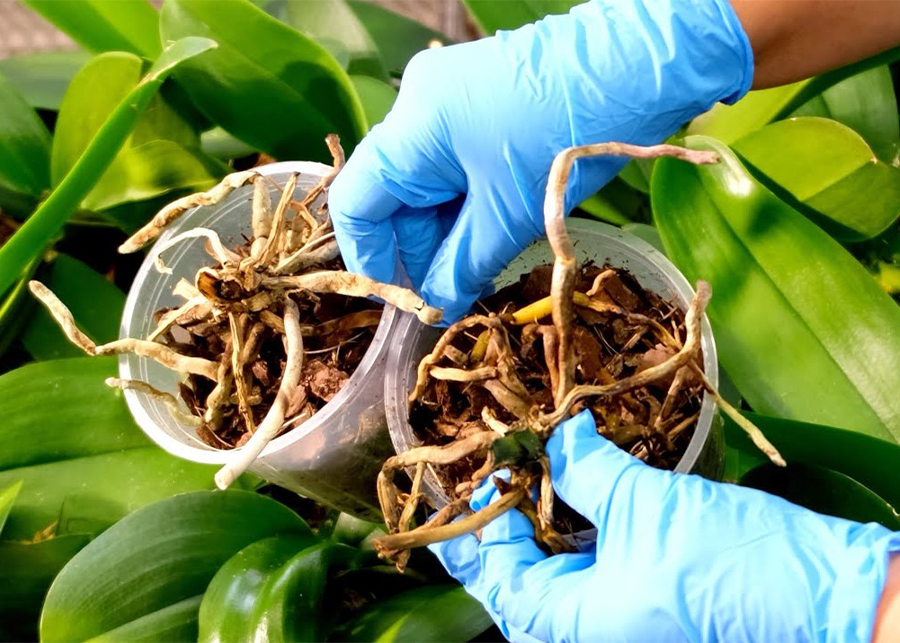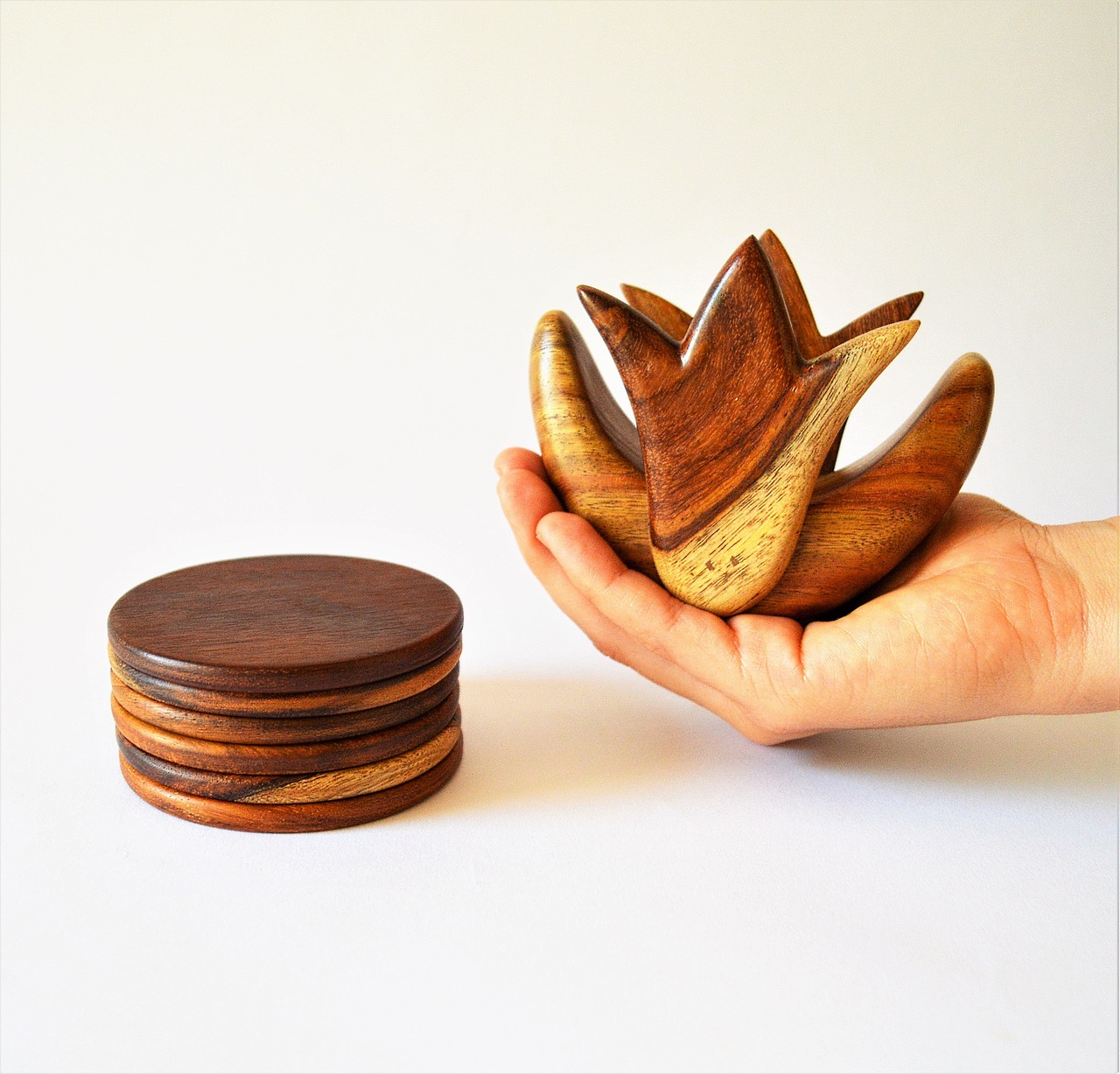As an avid lover of orchids, I have been around them for a long time. There are various ways to revive an orchid depending on its condition. There are some that can be revived by applying special techniques such as over-watering, over-fertilizing, and repotting. But not all plants need these steps to be revived and they may die due to other reasons such as fungus, overwatering, or infested rhizomes.
To restore the life of your orchid, you must follow certain basic procedures. Overwatering, Over- fertilizing, and repotting are some of the most common causes of orchid death. Other causes include fungus, over-watering, and infected rhizomes. Read on to learn more about the remedies you can use to revive an orchid. Listed below are some of the most important and easy-to-follow procedures to revive an orchid.

Overwatering
Overwatering can kill an orchid, but there are some simple ways to save it. To revive an orchid after overwatering, remove the plant from the pot, allow the roots to dry out, and then replant in fresh soil. In extreme cases, you can even repot a dying orchid and revive it. In such cases, tip the plant on its side and break up the soil around the roots.
Repotting
Repotting an orchid is a great way to bring your plant back to life. In order to properly repot an orchid, you need to make sure that the roots are level and that the new pot is the right size. If you want to repot your orchid in a pot that’s too large, you can use an inverted net pot instead. Once the new pot is in place, it’s time to add potting mix to the pot.
Removing infected rhizomes
Removing infected rhizae from an orchid can help it recover and regain its health. If the entire plant is destroyed, repotting is the best solution. The plant can survive in an area with optimal lighting and moderate temperatures. A partial rhizome can be removed and cleaned with sterilized clippers. An orchid may need a good amount of TLC to survive, so keep the temperature moderate.
Treating fungus
A common cause of a dead orchid is fungus, which has a variety of different symptoms. If the fungus isn’t treated immediately, the orchid may die. Fortunately, there are several steps you can take to save an orchid from extinction. First, identify the type of fungus affecting your orchid. If it’s a root rot, the infection is caused by a fungus known as snow mold. The next step is to repot the orchid in new potting media. Aside from watering the plant when the soil begins to dry, you can use a fungicide dip that contains alkyl dimethylbenzyl ammonium chloride. It can help eliminate the fungus and kill the root rot if you’re treating an orchid with this disease. You can also keep the orchid cool

Pruning
The basic steps involved in pruning an orchid to revive it are to remove the diseased or dead leaves, and to provide the plant with nutrients. The main aim of pruning is to prevent the spread of disease, while preserving the health of the plant. Broken or dead leaves or stalks attract
pests, which can cause further damage to the plant. Dispose of diseased or damaged plant material immediately, as this could spread the infection to other plants.
Fertilizing
When feeding an orchid, it is essential to remove the damaged leaves. If you notice that the leaves are wilted and have a reddish cast, this could be the result of root rot. In such a case, uproot the orchid and soak it in a solution of bleach for 30 minutes. This should kill the bacterial and fungal strains that can cause root rot. Then, repotted the plant into fresh potting medium and skipping the next two or three fertilizer sessions.
F.A.Q
Can a dead orchid be saved?
Because orchids are so delicate and unique, they require a great deal of attention. They need to be provided with the proper temperature, water, light, and nutrients. Even after your hard work in tending to the orchid over time, it can still die. In this article, I’ve laid out a few steps you can take to save your precious orchid from dying. I hope that you never have to take these steps, but knowing how to save a dead orchid may help you avoid the heartbreak of losing it all together.



